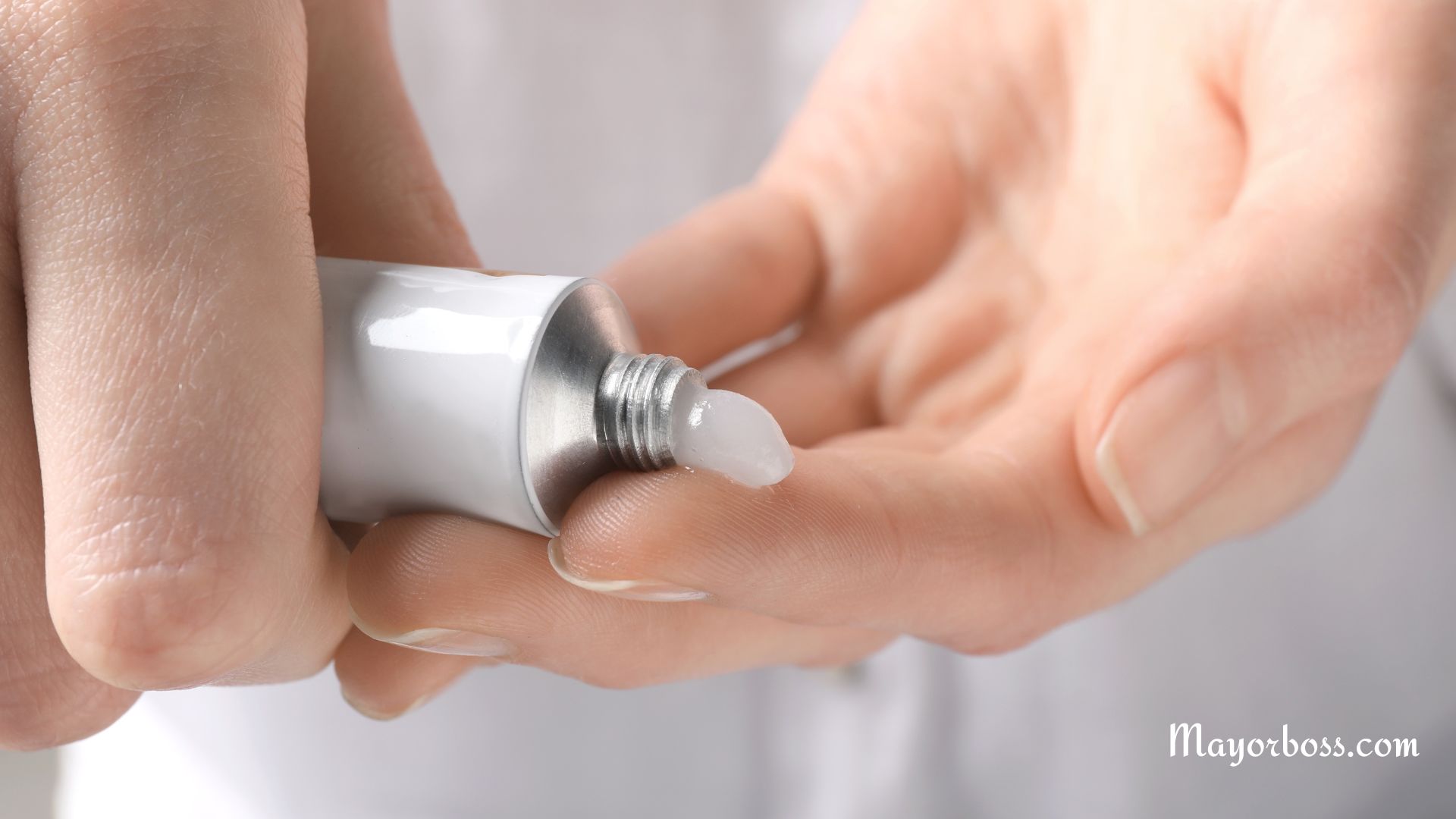What is Mupirocin Used For?
Mupirocin is an antibiotic ointment that doctors commonly prescribe to treat skin infections. If you’ve ever had issues like impetigo, which is a skin infection usually in children, or other minor skin infections, you might have used mupirocin. It’s a pretty effective way to deal with bacteria on your skin.

How Does Mupirocin Work?
When you apply mupirocin, it gets to work by stopping the bacteria from growing and multiplying. Bacteria need to make proteins to survive and spread, and mupirocin blocks their ability to do this. So, essentially, it stops bacteria in their tracks, allowing your body to heal from the infection.
Using Mupirocin
Using mupirocin is pretty straightforward. Here’s what you generally need to do:
- Clean and Dry the Area: Before you apply mupirocin, make sure the affected skin is clean and dry. This helps the ointment work better.
- Apply a Small Amount: You only need a small amount of ointment. Gently apply it to the affected area.
- Cover the Area (If Advised): Sometimes, your doctor might suggest covering the treated area with a sterile bandage.
- Frequency: Usually, you apply mupirocin about three times a day, but always follow your doctor’s instructions.
- Duration: Keep using the ointment for as long as your doctor recommends, even if the infection seems to have cleared up. Stopping too early can allow the bacteria to continue to grow, which can lead to a return of the infection.
What to Expect
While using mupirocin, you might experience some side effects, though not everyone does. These can include:
- Burning, Stinging, or Pain at the application site. Usually, this is mild and goes away.
- Rash, Itching, or Redness: If this happens and it bothers you or doesn’t go away, you should tell your doctor.
Precautions and Warnings
- Allergies: If you’re allergic to mupirocin or any other medications, definitely tell your doctor.
- Other Skin Products: Be cautious about using other skin products on the area where you’re applying mupirocin unless your doctor says it’s okay.
- Avoid Certain Areas: Don’t use mupirocin in your eyes, nose, or mouth. If it accidentally gets in these areas, rinse well with water.
What if It Doesn’t Work?
If your skin infection doesn’t seem to get better after a few days of using mupirocin, or if it gets worse, contact your doctor. They might need to check if there’s something else going on or if a different treatment is needed.
Can You Use It for Anything Else?
Mupirocin is mainly for skin infections. Sometimes, doctors prescribe it to get rid of certain bacteria, like MRSA, from inside your nose. But this should only be done if your doctor recommends it.
Interactions and Other Considerations
Mupirocin usually doesn’t interact with other drugs because it’s applied to the skin, and not much of it gets into your bloodstream. However, always tell your doctor about all the medicines you’re taking, including over-the-counter ones and herbal supplements.
In summary, mupirocin is a handy antibiotic ointment for treating certain skin infections. It’s important to use it exactly as your doctor prescribes and to keep an eye out for any side effects or signs that the infection isn’t improving. With the right use, it can be a key player in getting your skin back to health!
